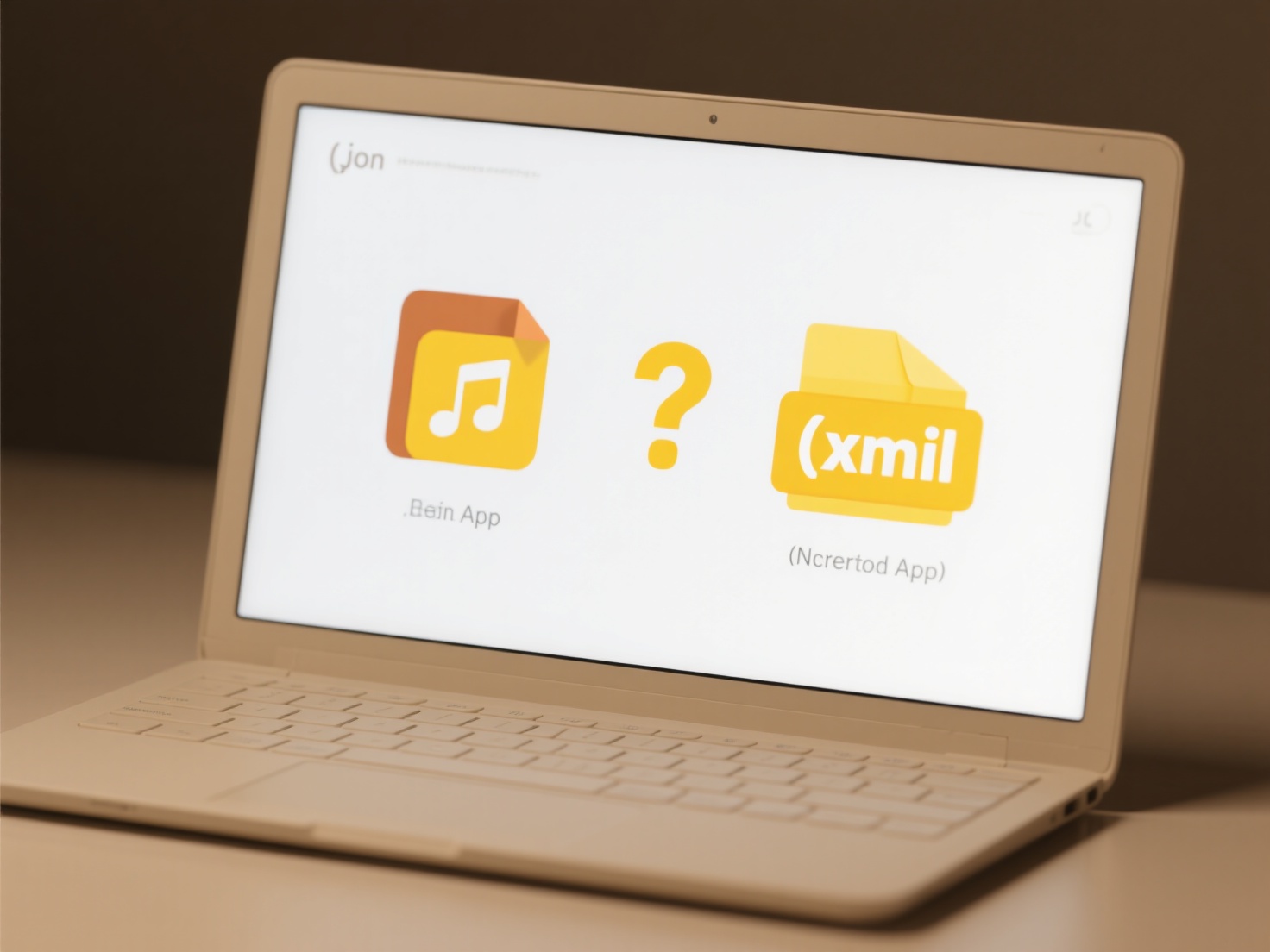
Exporting a high-resolution image involves saving a digital photograph or graphic in a way that preserves significant detail, measured in pixels per inch (PPI). High resolution translates to more pixels within each inch, resulting in sharper, clearer output suitable for printing or detailed viewing. Key methods include selecting appropriate formats like uncompressed TIFF or high-quality JPEG within software, and ensuring the pixel dimensions match the intended output size at the desired quality level (e.g., 300 PPI for print).
This process is crucial in professional photography for creating gallery prints and high-end marketing materials. Graphic designers rely on high-resolution exports for physical products, brochures, and signage. Tools like Adobe Photoshop or Lightroom provide export settings where users explicitly choose dimensions, file format (TIFF, PNG, JPEG with high quality setting), and resolution, often targeting 300 PPI for printing. E-commerce platforms require high-res product images for zoomable views.

The primary advantage is exceptional print quality and digital clarity. Formats like TIFF preserve all data but create large files, impacting storage and sharing speed. Lossy JPEG offers smaller sizes at high-quality settings but can introduce artifacts. Ethical considerations involve properly licensing source images. Cloud-based solutions increasingly facilitate handling these large files, balancing accessibility with the demand for superior visual fidelity.
How do I export high-resolution images?
Exporting a high-resolution image involves saving a digital photograph or graphic in a way that preserves significant detail, measured in pixels per inch (PPI). High resolution translates to more pixels within each inch, resulting in sharper, clearer output suitable for printing or detailed viewing. Key methods include selecting appropriate formats like uncompressed TIFF or high-quality JPEG within software, and ensuring the pixel dimensions match the intended output size at the desired quality level (e.g., 300 PPI for print).
This process is crucial in professional photography for creating gallery prints and high-end marketing materials. Graphic designers rely on high-resolution exports for physical products, brochures, and signage. Tools like Adobe Photoshop or Lightroom provide export settings where users explicitly choose dimensions, file format (TIFF, PNG, JPEG with high quality setting), and resolution, often targeting 300 PPI for printing. E-commerce platforms require high-res product images for zoomable views.

The primary advantage is exceptional print quality and digital clarity. Formats like TIFF preserve all data but create large files, impacting storage and sharing speed. Lossy JPEG offers smaller sizes at high-quality settings but can introduce artifacts. Ethical considerations involve properly licensing source images. Cloud-based solutions increasingly facilitate handling these large files, balancing accessibility with the demand for superior visual fidelity.
Quick Article Links
What tools can detect duplicate files automatically?
Duplicate file detection tools automatically identify identical or entirely similar files within a storage system, such ...
How do I search within Excel or Word documents?
Searching within Excel and Word allows you to quickly locate specific text or data without manually scanning entire docu...
How do I manage design iterations or drafts?
Managing design iterations refers to the process of systematically handling different versions or drafts of a design as ...